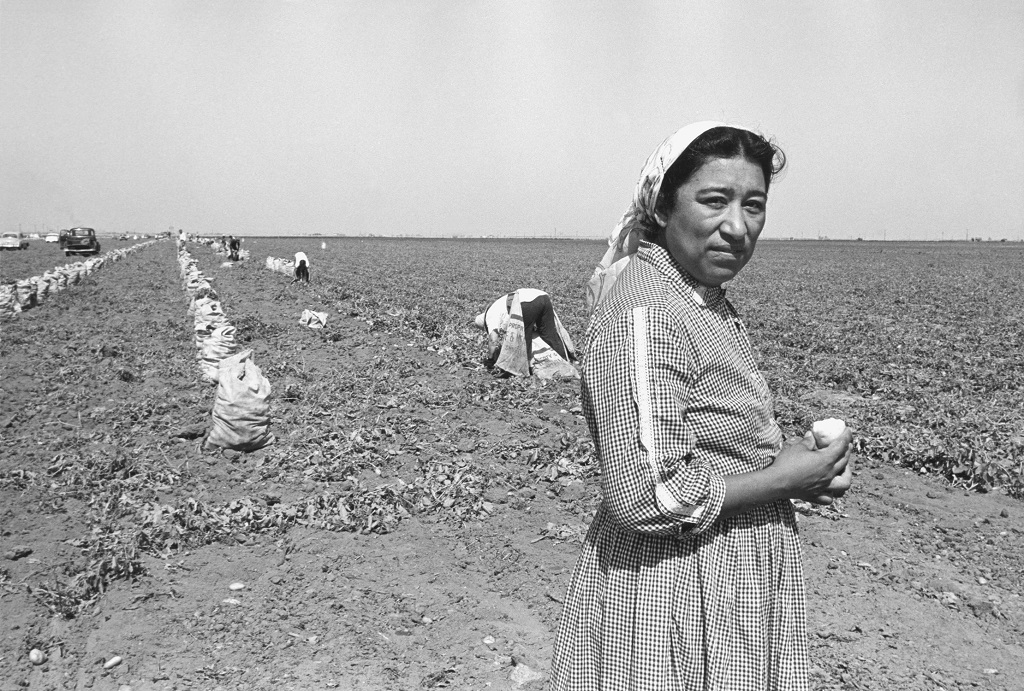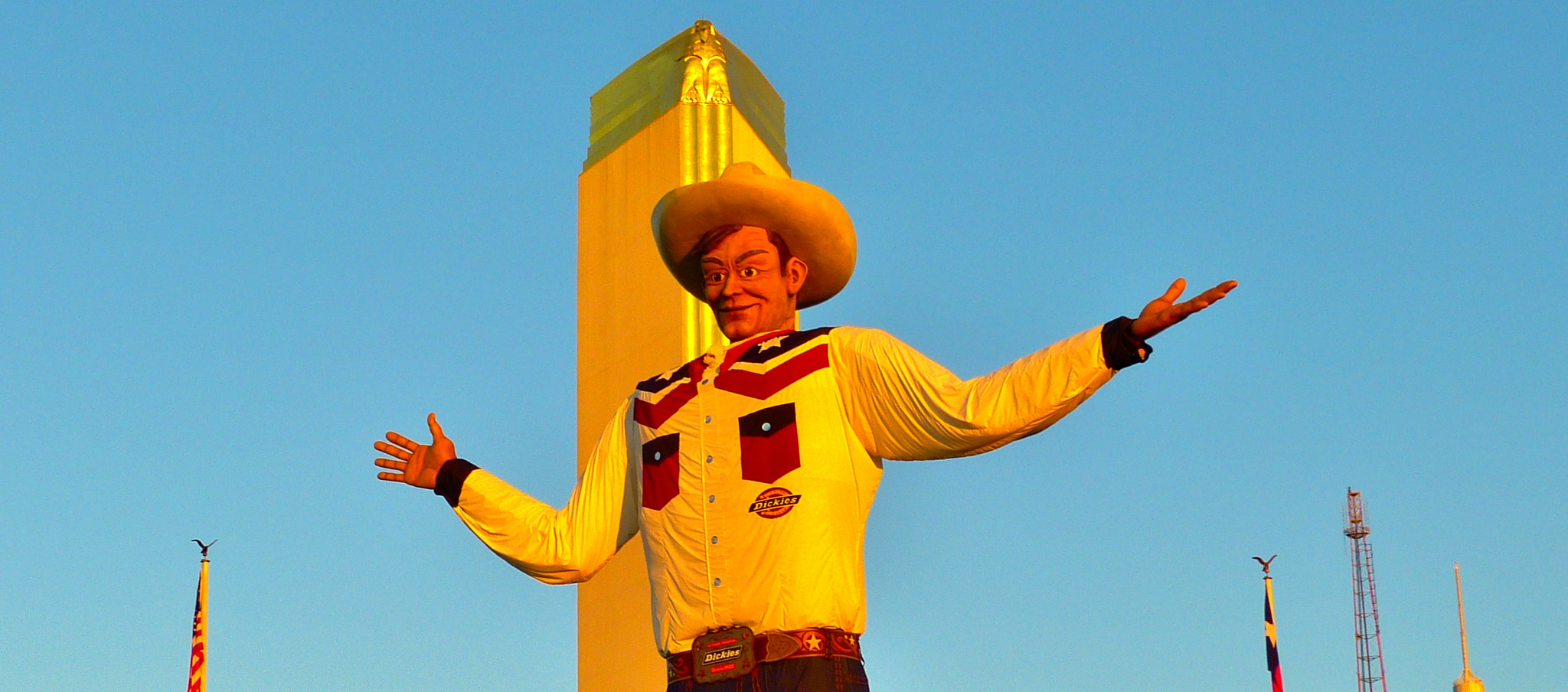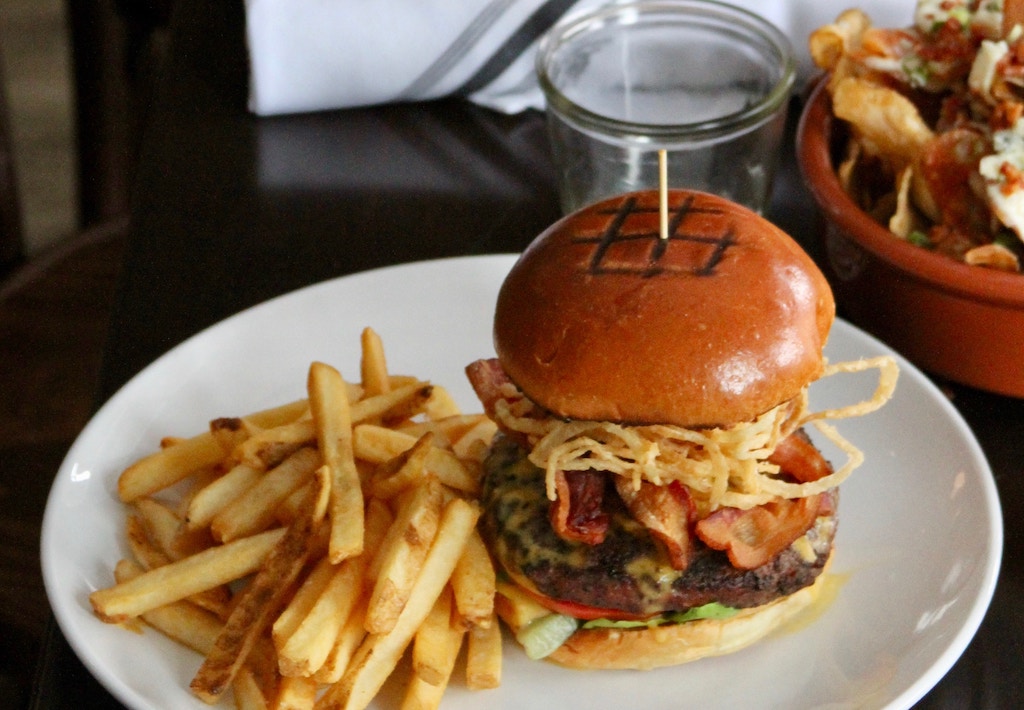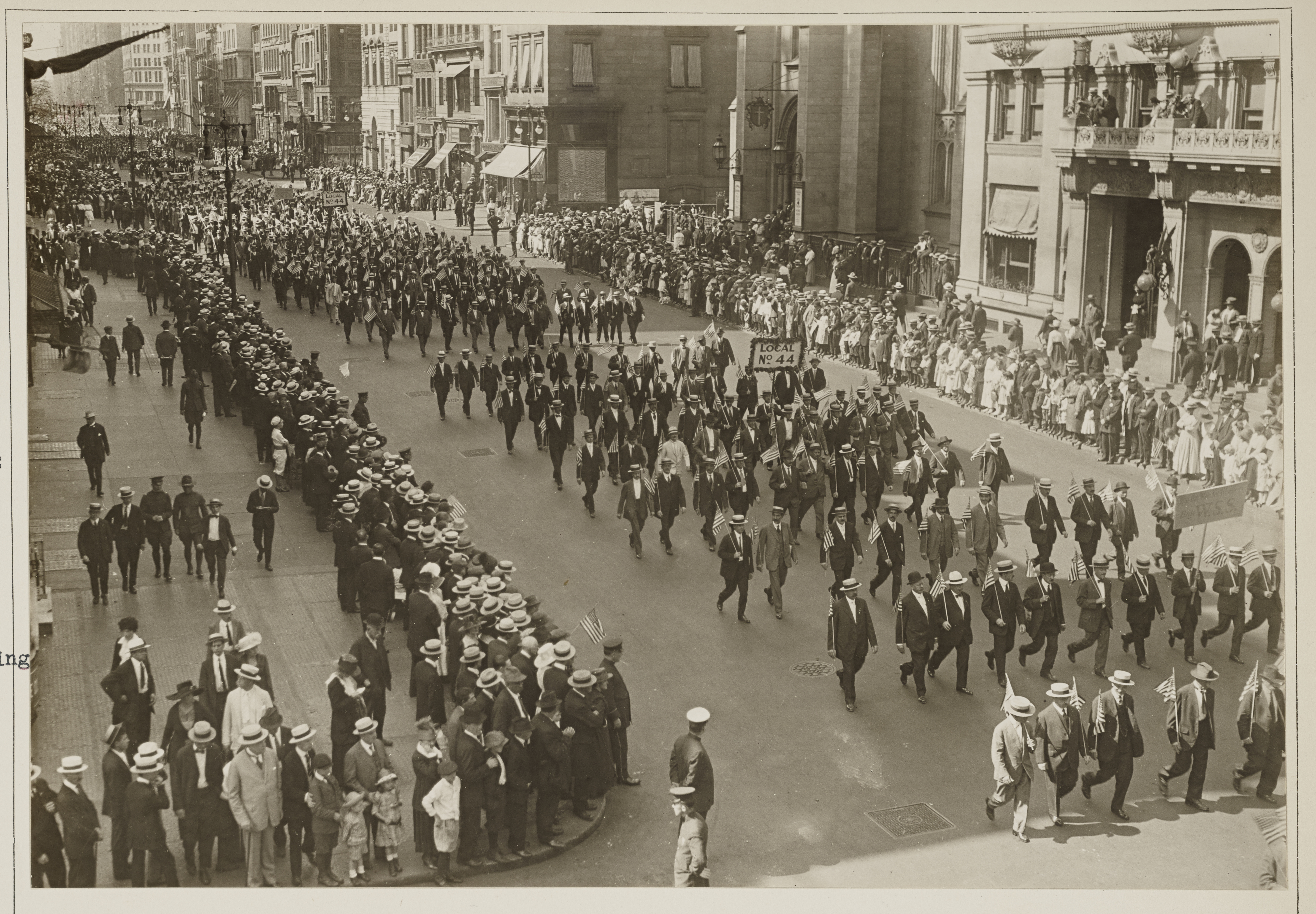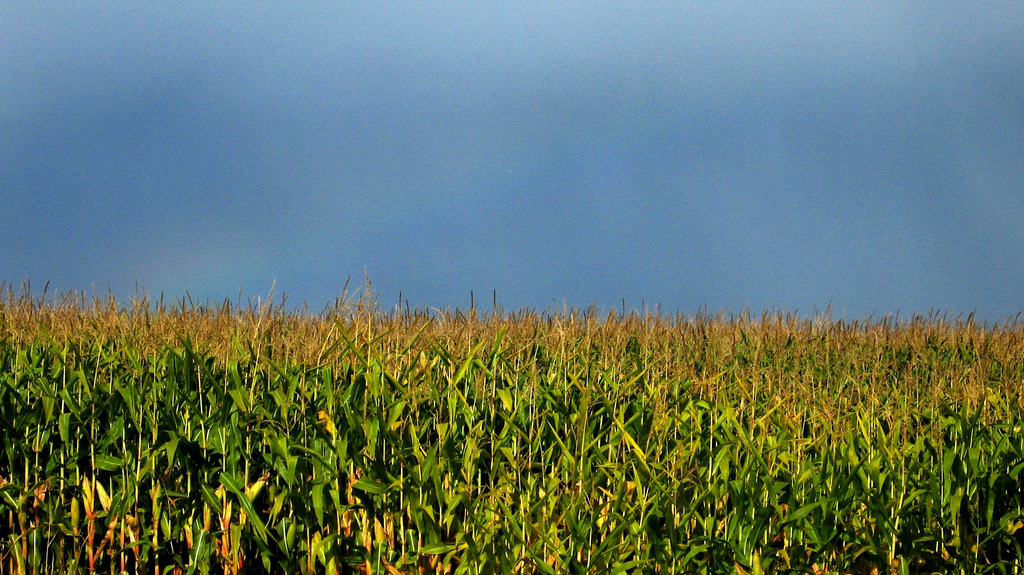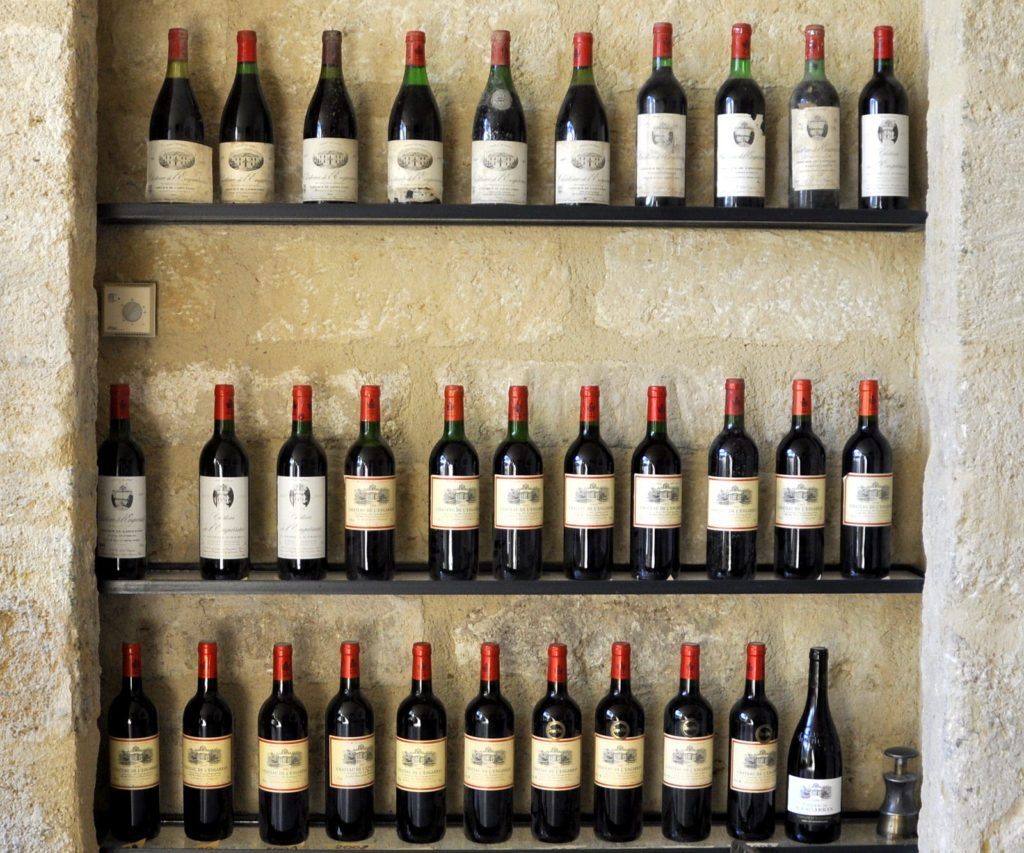
Negative Space
Let’s face it: we spent most of 2016 riddled with election anxiety, loading and refreshing Nate Silver’s polls-plus model over at 538, devouring the headlines after each new reality show-like twist. Well, that’s all behind us now—for better or for worse. Here are a few of the features you might have missed during the run-up, personal favorites selected by New Food Economy’s staff.
Kate Cox (editor): Vegas and the four-way drought
Senior editor Joe Fassler’s microseries on the macrohistory of how, over the course of two short decades, hotel restaurants came to be, boom, and then bust is my favorite kind of tale. Parts one and two pinpoint the origin of a cultural phenomenon—in this case, big-name-chef-owned hotel restaurants—and take an almost anthropological tour through its rise and fall. This story’s got it all: Vegas, celebrity chefs, backroom deals, and big, costly failures. It’s like Boardwalk Empire, if Boardwalk Empire were set on location inside Gramercy Tavern.
When Matt Kelly queried us about reporting on the worst drought to hit New York state in decades, our first thought was, what drought? That’s how we discovered the dark allure of what scientists at NOAA call the “creeping phenomenon” (a reference to how drought sneaks up on us). This fascinating story challenges our perceptions of drought and reveals four distinct kinds of this dramatic natural disaster. You’ll never look at a dry spell the same way.
Joe Fassler (senior editor): History, culture, and preservation
My favorite stories this year explored the ways that communities form around shared infrastructure, examining how the tools used in food production both forge connections and foster conflict. Thomas Fox Parry’s “Quahog of the Commons” took us to the Jersey Shore, where, for decades, clamdiggers have operated the city-owned processing plant that keeps them in business. But due to damage from Hurricane Sandy, gentrification, and a lease agreement destroyed on 9/11, the fate of the building—and the fishermen it supports—is in doubt.
Parry also traced the history of Philadelphia’s South Street Market, where curbstand vendors sell traditional delicacies and exotic ingredients you can’t find anywhere else. “South Philly via Palermo, Puebla, and Saigon”details how the city provided the conditions that formed an enduring micro-economy—one based on thrift and low-overhead, slow growth and staying power—and how immigrant tenants, in turn, helped revitalize a beleaguered section of the city.
Meanwhile, in Milwaukee, Barbara Miner introduced us to Alice’s Garden, a single, two-acre tract of land that has reflected the culture and challenges of a city over the course of more than 200 years. The farm that once harbored runaway slaves on the Underground Railroad was transformed by decades of development and neglect, until its modern-day rebirth as a community garden and gathering place for the Black Lives Matter movement.
And Stefani Kim brought us to the Oglala Lakota reservation in Pine Ridge, South Dakota, where residents have started to build a meat house that would allow them to slaughter, process, and prepare their own buffalo in accordance with tradition. But tribal food sovereignty has a price tag, and the $25,000 needed to complete the work has so far been elusive.
Finally, incubators were an NFE obsession throughout the year. We tried to learn as much as we could about the impact of these training grounds for food startups, which are growing in number—from a report on a new public-private initiative seeking to democratize access to Brooklyn kitchen space, to a roundup of some of the most influential players, to an investigation of how they sometimes leave fledgling businesses in the lurch. But it all hung on Kate Cox’s in-depth history, “Incubator (R)evolution,”which traced the phenomenon through five decades of development, from its origins in Batavia, New York, into the tech boom and up to the present. Even if you’re already familiar with what incubators are and how they work, you shouldn’t miss this piece: there’s no better guide to the specific, often overlooked economic role incubators play in local food.
Claire Brown (staff writer): Oyster wars and camel milk
In the office, we’re always talking about “farmers vs. environmentalists.” The phrase is shorthand for the tensions that simmer between the two groups, be it in arguments about the farm bill, disagreements over industrial hog farming and wildlife “buffer zones,” or debates on GMOs. But it’s rare that a “farmers vs. environmentalists” conflict boils over into a situation as textbook-ready as it did in Victoria Cavaliere’s piece, “Birds versus bivalves: Oyster farmers and bird advocates clash on Cape May.” In the story, sustainable oyster farmers in New Jersey find themselves in the path of a migratory bird, their farming operations interrupting the foraging habits of the endangered red knot. Everyone’s fighting the good fight, and there’s no happy compromise. Read on.
And Eric Berger’s delightful story on the strange bedfellows that prop up the fledgling camel milk industry (Amish farmers! A Saudi entrepreneur! Naturopaths!) is one of my all-time favorites. But I find myself revisiting it time and time again just to stare at Byron Kerman’s photos. He drove to a farm in Missouri expecting a few grumpy camels, and instead he found a full menagerie: ostriches, lemurs, and a zebra-donkey hybrid I’d never heard of called a zedonk. The icing on the cake: A landlocked replica of Noah’s ark, complete with an ahistorical yellow slide. Go read it if you haven’t, and don’t miss the photography.
Jeffrey Kittay (publisher): Do it your own way
If independent livestock farmers sell to the industrial slaughterhouse, they reap only rock-bottom prices. If they try to go it alone, big markets are out of reach. That’s the dilemma facing so many of those who want to make food better but have to operate in an infrastructure that pretty much elbows them out. And we love writing stories about that dilemma. Our senior editor Joe Fassler came across rancher-advocate Mike Callicrate, who has built his own supply chain for beef in Colorado. Key to Callicrate’s alternative-ag approach has been putting a device that was going out of style to an unconventional use. Result: success for him and others like him. We call it “High steaks: Building the alternative cattle empire, from ranch to retail.”




